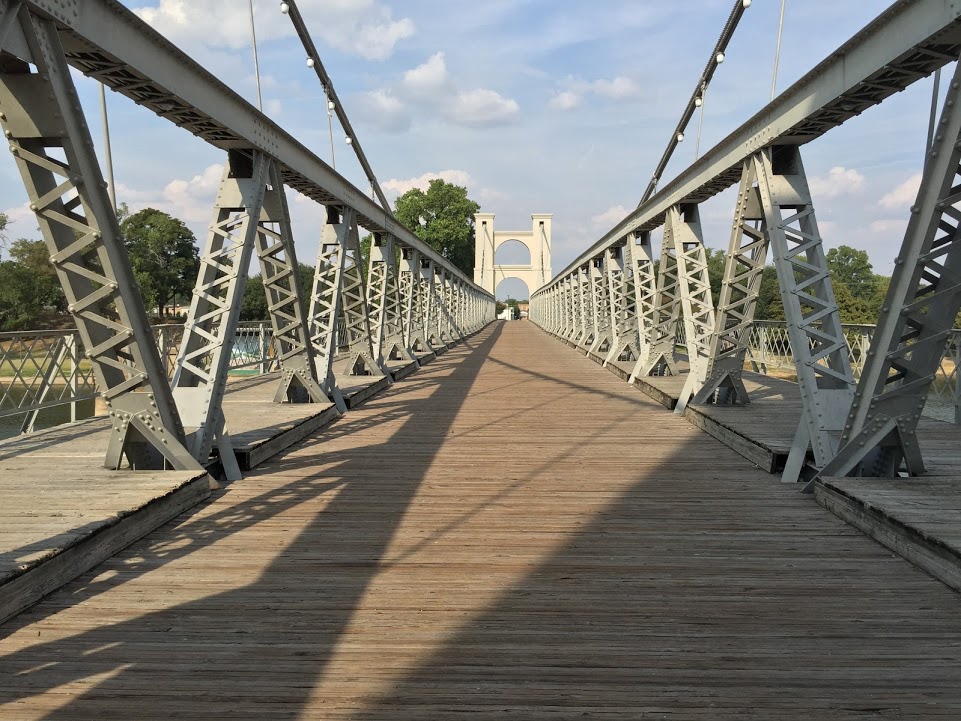 Now that the dust has begun to settle after the 2016 Presidential Election, legislative priorities are beginning to take shape for the President-elect and the next session of Congress. There is certainly no shortage of action items for attention, but of any of them that offer the most promise for economic growth and job creation, infrastructure investment is at the top of the list.
Now that the dust has begun to settle after the 2016 Presidential Election, legislative priorities are beginning to take shape for the President-elect and the next session of Congress. There is certainly no shortage of action items for attention, but of any of them that offer the most promise for economic growth and job creation, infrastructure investment is at the top of the list.
Both 2016 presidential candidates talked about the issue on the campaign trail because it affects every American community in some shape or form. It’s not hard to find crumbling roads, worn bridges, out-of-date airports, and obsolete transportation systems and other structures in desperate need of repair and overhaul. And while President Obama’s initial 2009 Stimulus Bill provided hundreds of billions in funding for “shovel-ready projects” after he took office, the results of that spending and construction were limited, to say the least.
Eight years later, we are on the eve of a new Administration that inherits another endless “To Do” list, but there is something different this time. The guy taking charge of the Oval Office has more than his share of experience in building and financing large scale projects. Now, I’m the first to state that there is a world of difference between a private sector executive leading a large-scale construction project and a government leader who just provides appropriations and authorization language for something to happen. But President-elect Trump may be the one person who could weld the right pieces together to make it all work better.
But first, let’s first agree on some facts. According to the American Society of Civil Engineers (ASCE) and their Infrastructure Report Card, the United States earns an overall grade of D+ for the quality of its infrastructure. For the world’s preeminent superpower and innovator, that is hardly a score that merits proud display on the family refrigerator door.
Furthermore, the way we fund our infrastructure needs in this country is incredibly obsolete. Federal, state, and local funding is often inconsistent and unreliable because of tax revenues and political cycles. Add those challenges to an underfunded gas tax, pork barrel projects, and far too many bureaucratic rules and regulations that draw out project costs and timely completion and it is little wonder how that D+ grade was earned. That’s why it is way past time to come up with new funding paradigm to make our infrastructure great again.
So here’s an idea: let’s quit talking about a National Infrastructure Bank and finally do it. Let’s take the funding we put into the out-of-date infrastructure processes that have been around since the dawn of the Cold War and capitalize a National Infrastructure Bank while creating a far more streamlined decision process to go from blueprint to real construction. We are nearly two decades into the 21st century. How can we talk about building a better future when we are still funding and operating in a 20th century operating structure and mindset? It is insanity to keep using outmoded systems and expect future-centric results. Yet, we keep doing it.
The concept of an infrastructure bank is not a purely Republican or Democratic concept. It’s a bipartisan approach that has lots of friends and supporters on both sides of the political aisle. In a country that has more than its share of fractures politically and infrastructure wise, here’s a way to roll up our sleeves and get busy together to create jobs and the structures we need to be competitive in the world marketplace.
Here’s another idea. Let’s invite the American enterprises that have been keeping billions in profits offshore to put their funds into the National Infrastructure Bank and allow that money (without additional taxes or penalties on it) to be reinvested back into this country. This would not only alleviate part of the funding burden to taxpayers but allow that money to generate real tangible return for citizens and the companies that ultimately reap the rewards and economic growth that comes with better roads, bridges, airports, schools and more. That would be growth and enterprise fueling more growth and job creating enterprise, rather than government inflating growth through additional spending.
An infrastructure bank is certainly not a new idea. In fact, when the Obama Administration was taking office 8 years ago, its own Transition Team talked openly about their desire to “modernize America’s aging infrastructure.” With that goal in mind, they had three key priority areas: “Build in Security; Create a National Reinvestment Bank; and, Invest in Critical Infrastructure Projects.”
While some of that was done, 8 years later our infrastructure needs have only grown more demanding and little has been done to change the way we make it happen.
With the rise of smart cities, the Internet of Things, data-driven innovation, increased connectivity, autonomous vehicles, as well as increased risks, demands, and threats creating even more challenges, a new Administration and Congress have the perfect (and probably only) opportunity to start a new page for funding and investing in the future of American infrastructure.
Today, we’re smarter than we have ever been to the risks, challenges and opportunities that infrastructure can provide to greater economic opportunity and security for every American. If we bring further data and insight from the insurance industry into these investment decisions, we’ll be even smarter in how we invest, build and forecast our future needs, but the status quo of infrastructure must change.
And that is change from which everyone could benefit.


